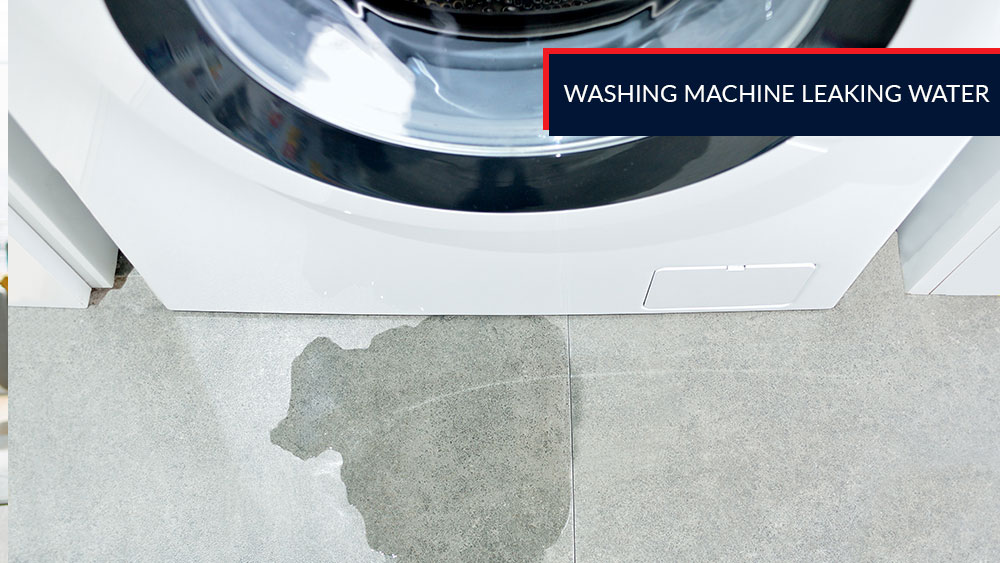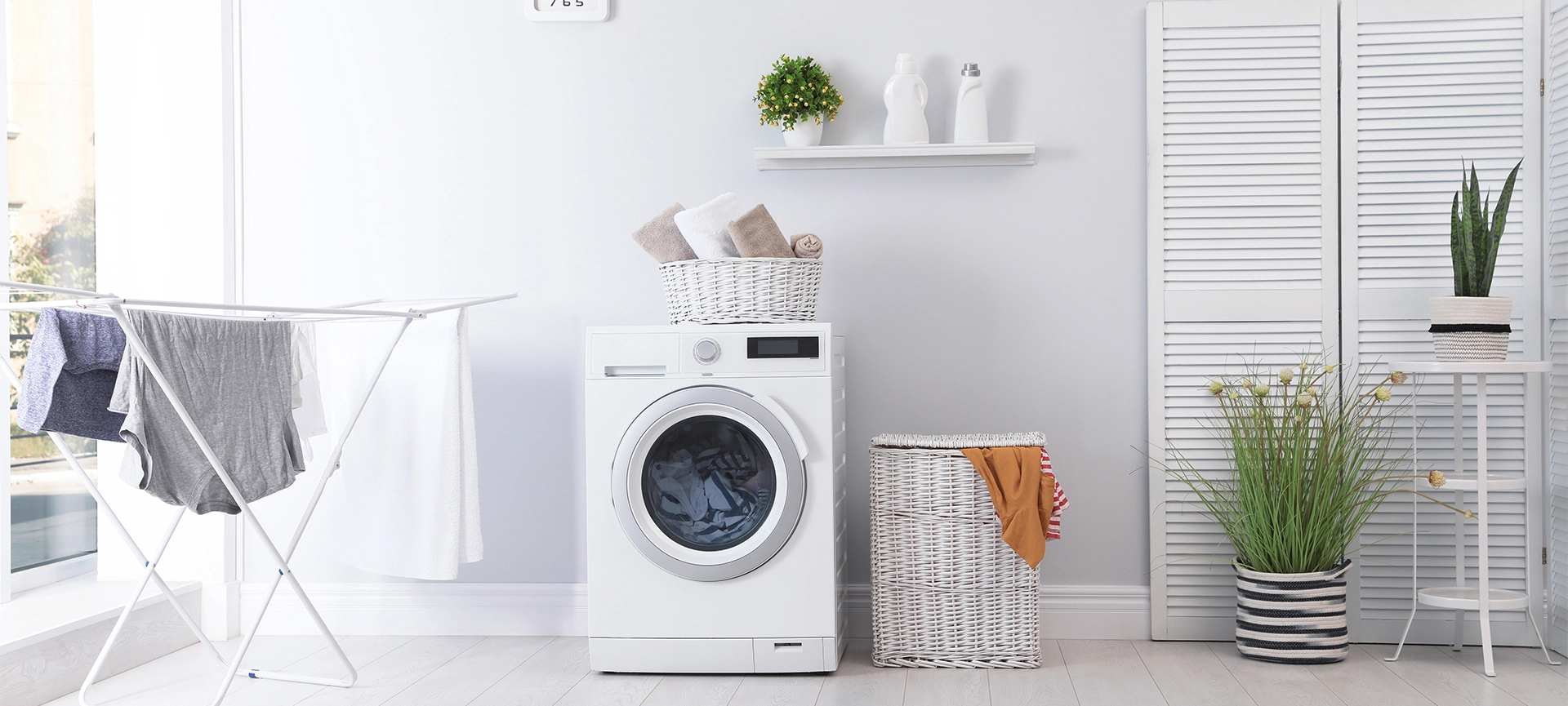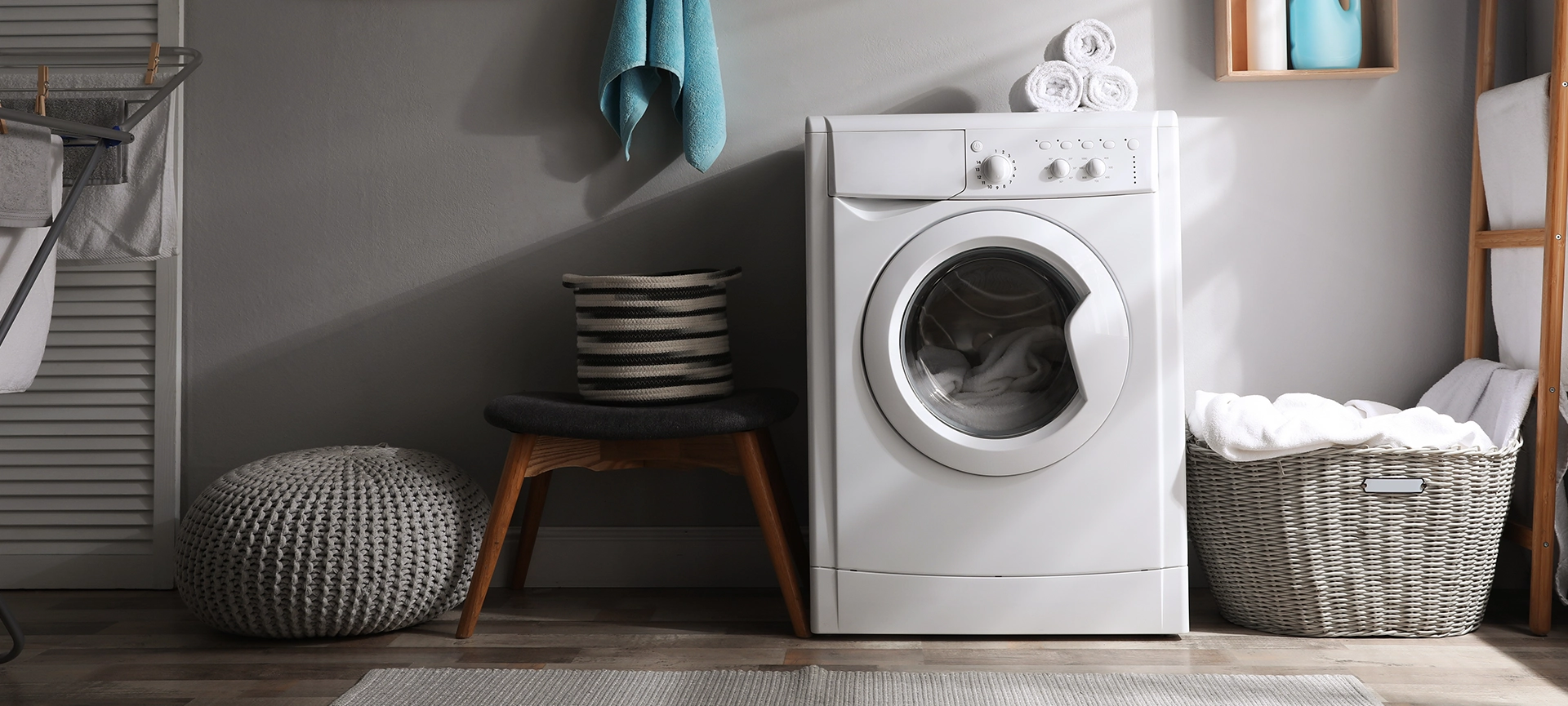Nothing ever happens to the washer. You start the machine and return later to gather your laundry and hang. One day, though, you notice a puddle on the floor. A dreaded thought comes to mind – the money you pay for service and appliance repair. Before you do anything drastic, know that most leaking problems are easy to fix.
How to Fix Washing Machine Leaking Water
It does not matter if your washing machine is front-load or top-load. Many of the causes of water leaks are the same. In principle, the way to take care of this problem is to find the source of the leak and make the necessary repairs.
One thing you should know is that a puddle of water is not indicative of the location of the leak. Remember that the ground in the laundry room is not level, and water accumulates at the lowest point.
Top-Load Washer Leaks
Front
For top-load washers, the most common cause of leaking is clogging or tilting of the overflow tube.
What causes the clogging?
Usually, clogs happen due to improper use of laundry products. For example, combining different products or using excessive detergents. It is more prevalent in homes where the water is soft.
You are supposed to use fewer amounts of detergent with soft water. If you are unaware of this, oversudsing is more likely to happen.
How do you know if you are putting too much detergent?
The next time you gather your laundry, take a small piece of freshly washed item. Put it into a bowl of hot water. In a few minutes, if the water becomes sudsy, then you are using too much.
If your washing machine is not level, that obviously can be the source of the problem. Overloading is also another possible reason. Lastly, if your unit has a spray rinse function, do not manually advance the cycle because that can also cause leakage.
Back
For new washers, do not forget to remove the drain plug before attaching the drain hose. If you did, be prepared for some spill when you detach the hose to take off the plastic plug.
Check the drain hose and see if it is attached securely, and fully inserted in the standpipe. If they seem okay, then inspect the hose to make sure there are no cracks.
Clogging can occur if there is a blockage. You will want to gently press the drain hose to feel for the presence of foreign material. If you see the standpipe filled with water, then try using a powerful drain cleaner.
The fill hose, which connects the water inlet valve of the washer to the household supply, is another source of leakage. Make sure that the connections are secure and that water does not seep out.
Bottom
If you still cannot find the source, look at the bottom. If the source is there, the problem is most likely a drain pump.
You should not use the washer until it is replaced. Otherwise, water leaking and spilling over the motor could cause more damage – a costly one.
One clue that the leakage is caused by the drain pump is if water leaks during the wash or the drain cycle. It does not matter if it is belt-driven or direct drive. Some brands may have a separate electric pump. You can access the drain pump by removing either the front or rear panel. It would be attached to the drive motor or on the base frame. See if there is a loose hose clamp. You could do the repair yourself if you are handy enough.
Front-Load Washer Leaks
Front
Inspect the door for leaks. If there is, then the problem is the door seal. You should check the gasket, making sure it is free of defects and clean – free of oil and soap. While at it, check the hinges. Adjust if it has loosened over time.
Back
For front-load washing machines, you should use only HE detergents and be conservative in the amount. Otherwise, the excess of suds can be a cause of leaks. Other than that, check the hoses as you would if it were a top-load washer.
Is the drain hose attached securely?
Is your drain clog-free?
Do not forget the inlet water hose too, from the supply to the washer. It should be attached securely, and the gaskets in pristine condition.
Bottom
Front-load washing machines have an inner and outer drum. The problem of leakage could occur if the outer drum is made of two halves joined together. If the seams begin to fail, that is where water could flow out.
Related article: How to Troubleshoot Washing Machine Not Draining
Water Level Switch (Pressure Switch) and Air Dome Tube
Located behind the control panel is a pressure-activated water level switch. As the water level rises and gets heavier, the tub compresses the air dome tube, pushing against a diaphragm in the pressure switch. In turn, the switch turns off the valve after reaching the correct level of water.
If somehow there is a leak on the tube, then the pressure switch would not be able to determine the correct water level. The tendency is for the tub to overfill.
To troubleshoot, look at the air dome hose to see if there are cracks or blockage. If there is no problem with the hose, then the culprit is a defective water level switch.
Most Washer Leaking Issues Are Easy to Fix
In most cases, you do not need the help of a trained technician to diagnose and repair leaking problems. All you need is to understand the possible causes. After having acquired this knowledge now, diagnosing the site of leakage becomes easy. However, some may require help from a service center.
Where Do You Get Help?
If you are having difficulty locating the site of the leak, or the repair involves buying parts and complex procedures, call Prime Appliance Repairs, especially if you live in the Greater Toronto Area (GTA). Not only do they have extensive experience with different brands, but they also can fix all types of washing machines:
- Front-load impeller models
- Top-load impeller models
- Top-load agitators
- Fully-automatic
- Semi-automatic
- Washer-dryer combos
What brands can Prime Appliance Repairs fix?
- Admiral
- Amana
- Asko
- Bosch
- Dacor
- Electrolux
- Gaggenau
- GE Appliances
- Fisher & Paykel
- Frigidaire
- Hotpoint
- Jenn-Air
- Kenmore
- KitchenAid
- LG
- Magic Chef
- Maytag
- Miele
- NuTone
- Samsung
- Sears
- Sub-Zero
- Thermador
- True
- Viking
- Whirlpool
- Wolf







